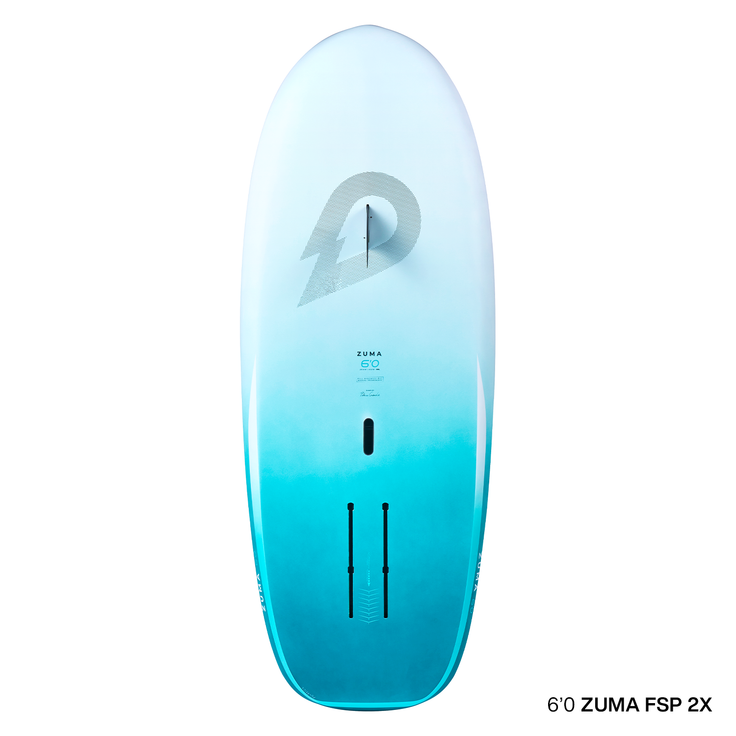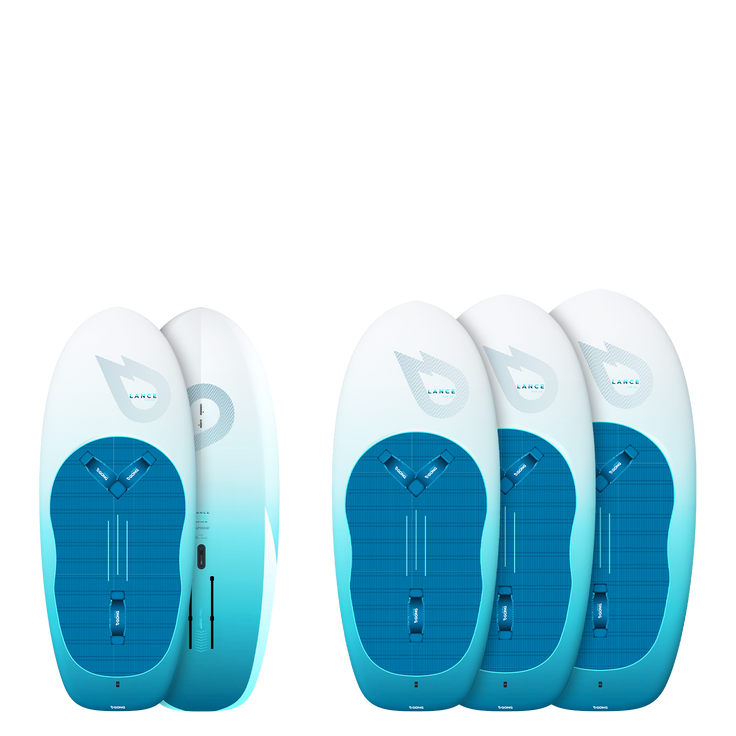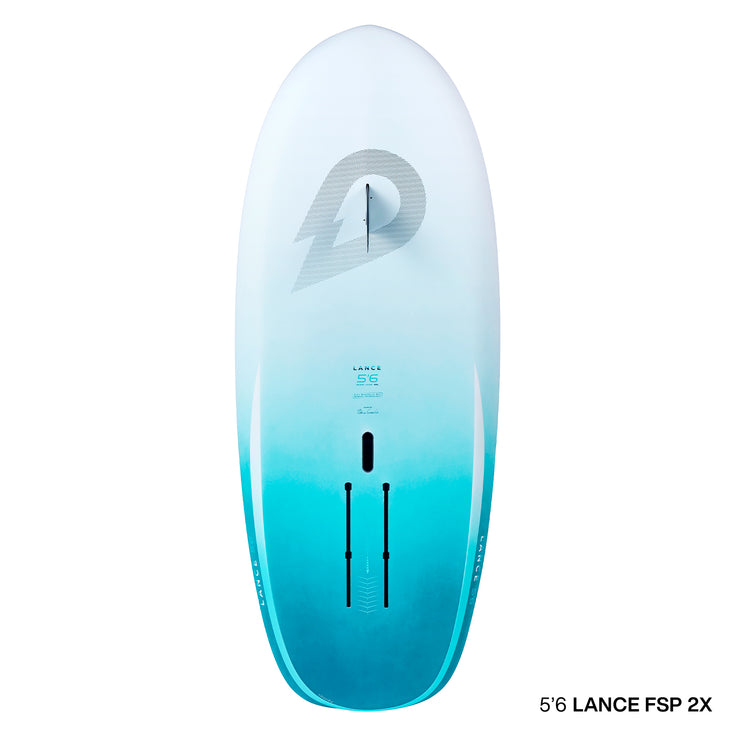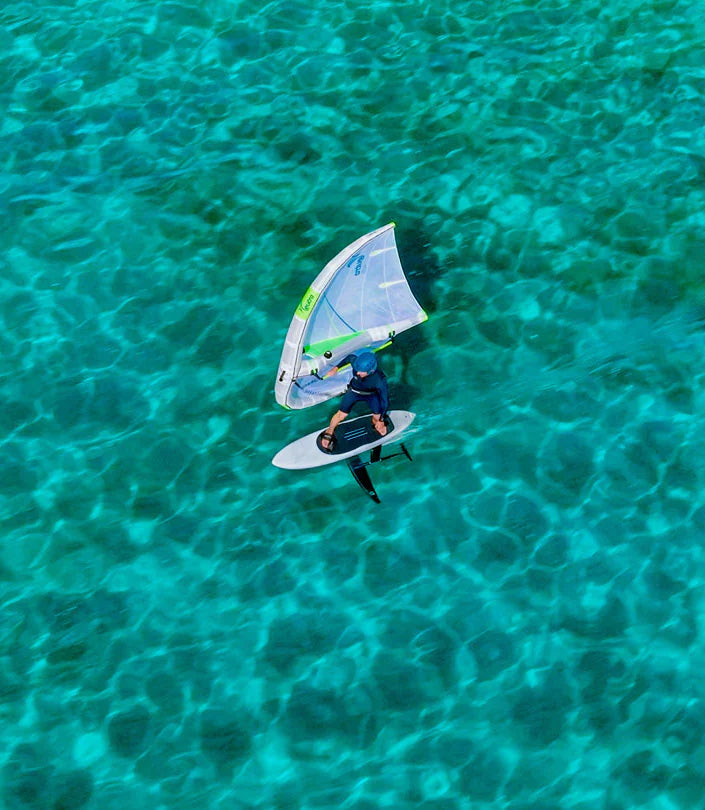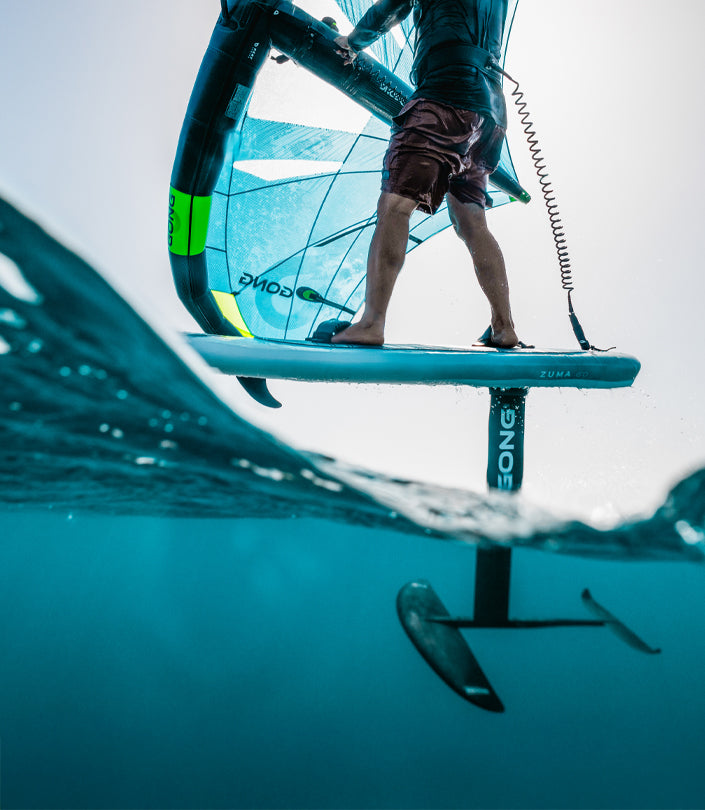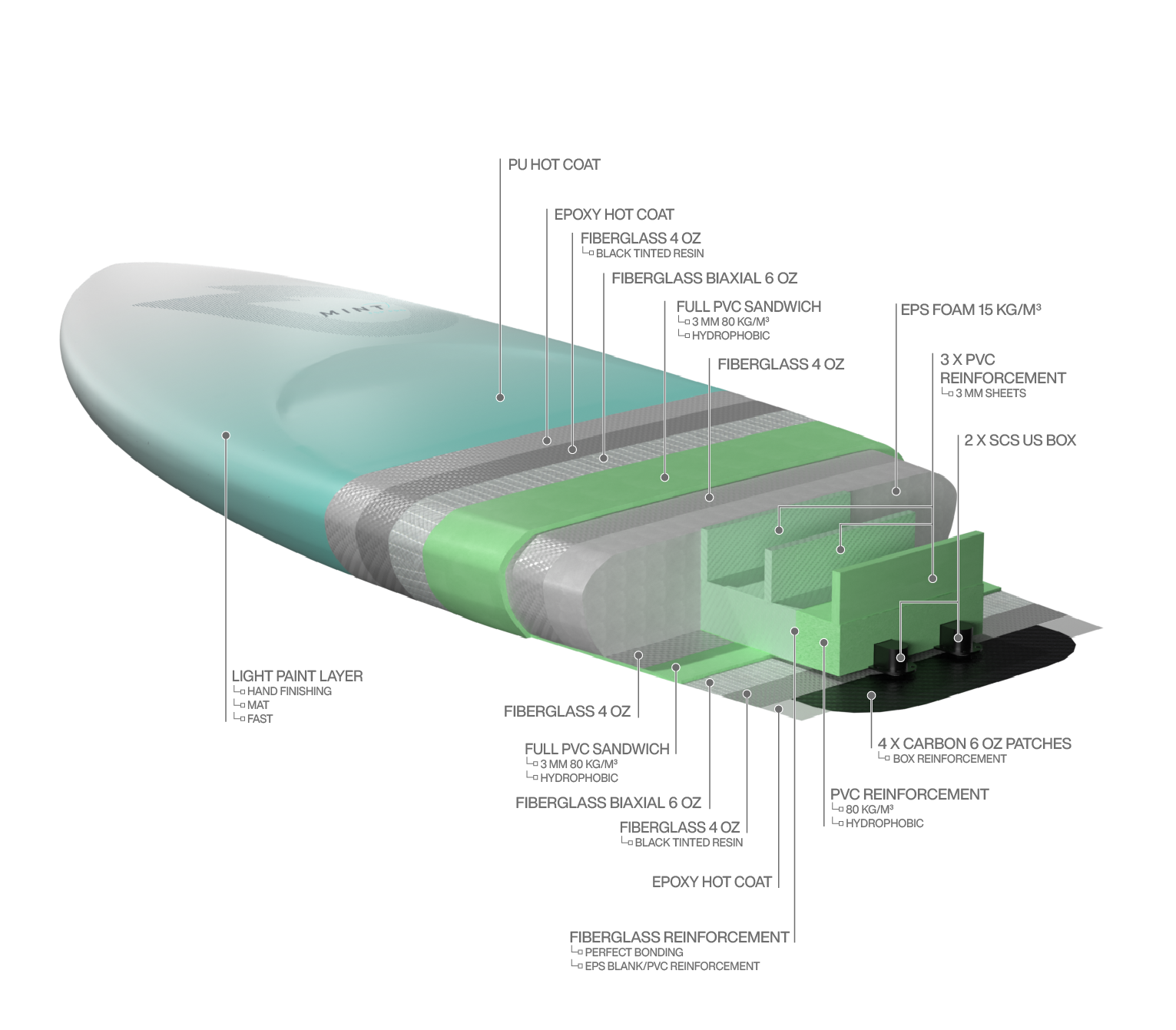heart
heart-full
heart
heart-full
Wing Foil Board Zuma FSP 2X
The simplest board for progressing in wing and SUP foiling.
Regular Price
849€
Sale Price
849€Regular Price
heart
heart-full
heart
heart-full
Wing Foil Board Lance FSP 2X
The most compact progression board for wing foiling.
Regular Price
849€
Sale Price
849€Regular Price
heart
heart-full
heart
heart-full
Wing Foil Board Mint FSP 2X
A performance shape made accessible for a mix of freeriding and wave riding.
Regular Price
799€
Sale Price
799€Regular Price
heart
heart-full
heart
heart-full
Wing Foil Board Lemon FSP 2X
The best for surfing in a compact, efficient, and easy shape.
Regular Price
799€
Sale Price
799€Regular Price
heart
heart-full
heart
heart-full
Wing Foil Board Zuma FSP 2X
Simplicity in SUP and wing foiling.
Regular Price
595€
Sale Price
595€Regular Price
849€
heart
heart-full
heart
heart-full
Wing Foil Board Lance FSP 2X
The coolest board to progress in wing foiling.
Regular Price
595€
Sale Price
595€Regular Price
849€
heart
heart-full
heart
heart-full
Wing Foil Board Mint FSP 2X
The best glide in a performance shape. Designed for freeriding to wave riding.
Regular Price
479€
Sale Price
479€Regular Price
799€
heart
heart-full
heart
heart-full
Wing Foil Board Lemon FSP 2X
The best for surfing and freestyle in an accessible shape.
Regular Price
449€
Sale Price
449€Regular Price
749€









